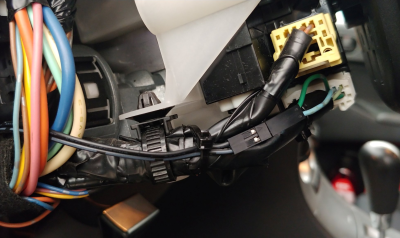In the early days of the home computer era, many machines would natively boot into a BASIC interpreter. This was a great way to teach programming to the masses. However on most platforms the graphics routines were incredibly slow, and this greatly limited what could be achieved. In 2020 such limitations are a thing of the past, with the Color Maximite 2. (Video, embedded below.)
The Color Maximite 2 is a computer based around the STM32H743IIT6 microcontroller, packing a Cortex-M7 32-bit RISC core with the Chrom-ART graphics accelerator. Running at 480MHz it’s got plenty of grunt, allowing it to deliver vibrant graphics to the screen reminiscent of the very best of the 16-bit console era. The Maximite 2 combines this chip alongside a BASIC interpreter complete with efficient graphics routines. This allows for the development of games with fast and smooth movement, with plenty of huge sprites and detailed backgrounds.
[cTrix] does a great job of demonstrating the machine, designed by [Geoff Graham] and [Peter Mather]. Putting the computer through its paces with a series of demos, it shows off the impressive visual and audio capabilities of the hardware. It serves as an excellent spiritual successor to BlitzBASIC from back in the Amiga days. Particularly enjoyable is seeing a BASIC interpreter that adds syntax highlighting – making parsing the code far easier on the eyes!
We’d love to see this become an off-the-shelf kit, as it’s clear the platform has a lot to offer the retro hobbyist. It’s certainly come a long way from the original Maximite of nearly a decade ago. Video after the break.
Continue reading “Boot-To-BASIC Box Packs A Killer Graphics Engine”



















